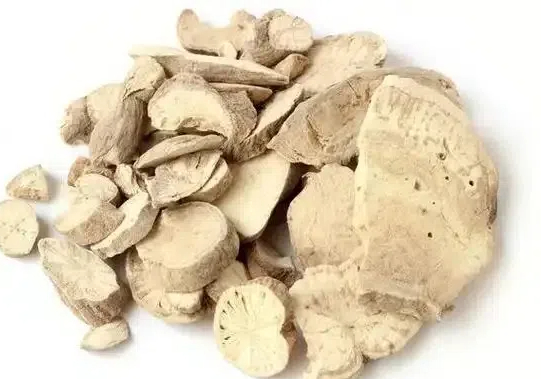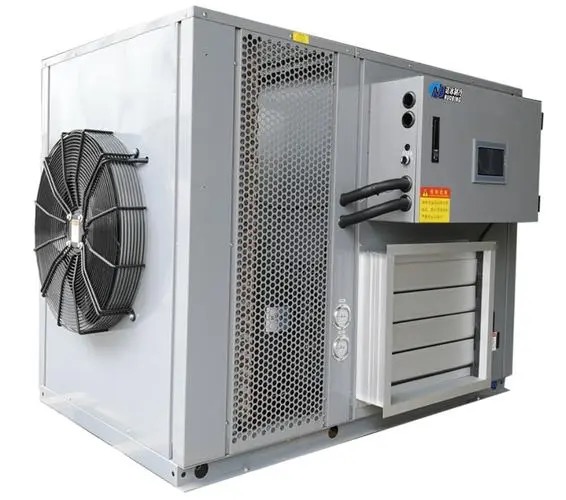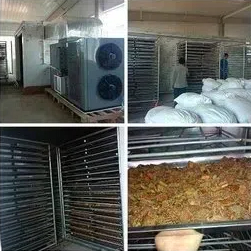
Content Menu
What Does A Heat Pump Dryer Mean?
● Introduction
● What is a Heat Pump Dryer?
● How Does a Heat Pump Dryer Work?
● Benefits of Heat Pump Dryers
● Considerations When Buying a Heat Pump Dryer
● Conclusion
● Related Questions and Answers
>> 1. What is the main advantage of a heat pump dryer?
>> 2. Do heat pump dryers take longer to dry clothes?
>> 3. Can heat pump dryers be installed anywhere?
>> 4. What maintenance do heat pump dryers require?
>> 5. Are heat pump dryers worth the investment?
Introduction
In recent years, heat pump dryers have gained popularity as an energy-efficient alternative to traditional dryers. These innovative appliances utilize advanced technology to dry clothes while consuming significantly less energy. This article will explore what a heat pump dryer is, how it works, its benefits, and considerations for potential buyers.

What is a Heat Pump Dryer?
A heat pump dryer is a type of clothes dryer that uses a heat pump to recycle air and moisture during the drying process. Unlike conventional dryers that vent hot air outside, heat pump dryers operate in a closed system. They extract moisture from the clothes and then use a heat exchanger to warm the air before circulating it back into the drum. This process not only dries clothes effectively but also minimizes energy consumption.
How Does a Heat Pump Dryer Work?
Heat pump dryers work by using a refrigerant to absorb heat from the air inside the dryer. Here’s a step-by-step breakdown of the process:
1. Air Intake: The dryer draws in air from the surrounding environment.
2. Heat Exchange: The air passes through a heat exchanger where the refrigerant absorbs heat, raising the air temperature.
3. Drying Cycle: The warm air is then circulated into the drum, where it evaporates moisture from the clothes.
4. Condensation: The moisture-laden air is then passed back through the heat exchanger, where the refrigerant cools it down, causing the moisture to condense into water.
5. Water Drainage: The collected water is either drained away or stored in a reservoir for later disposal.
This cycle continues until the clothes are dry, making heat pump dryers highly efficient.
Benefits of Heat Pump Dryers
1. Energy Efficiency: Heat pump dryers use significantly less energy compared to traditional dryers. They can reduce energy consumption by up to 50%, making them an environmentally friendly choice.
2. Gentle on Fabrics: The lower drying temperatures used by heat pump dryers are gentler on fabrics, reducing wear and tear on clothes.
3. Versatile Installation: Since they do not require external venting, heat pump dryers can be installed in various locations, including small spaces or apartments.
4. Cost Savings: Although the initial purchase price may be higher, the long-term savings on energy bills can make heat pump dryers a cost-effective option.
5. Moisture Control: These dryers help maintain indoor humidity levels, which can be beneficial in preventing mold and mildew growth.

Considerations When Buying a Heat Pump Dryer
1. Initial Cost: Heat pump dryers tend to have a higher upfront cost compared to traditional dryers. However, the energy savings can offset this over time.
2. Drying Time: While heat pump dryers are efficient, they may take longer to dry clothes compared to conventional models. Users should plan for longer drying cycles.
3. Maintenance: Regular maintenance is essential to keep the dryer running efficiently. This includes cleaning the lint filter and ensuring the heat exchanger is free from debris.
4. Noise Level: Some models may operate at a higher noise level than traditional dryers. It’s advisable to check reviews and specifications before purchasing.
5. Brand and Model: Researching different brands and models can help consumers find a heat pump dryer that meets their needs and budget.
Conclusion
Heat pump dryers represent a significant advancement in laundry technology, offering energy efficiency, gentle drying, and versatile installation options. As consumers become more environmentally conscious, these appliances are likely to become a staple in modern homes. By understanding how they work and their benefits, potential buyers can make informed decisions that align with their lifestyle and values.

Related Questions and Answers
1. What is the main advantage of a heat pump dryer?
The main advantage is its energy efficiency, which can save users a significant amount on their electricity bills.
2. Do heat pump dryers take longer to dry clothes?
Yes, they typically take longer than traditional dryers due to their lower drying temperatures.
3. Can heat pump dryers be installed anywhere?
Yes, they do not require external venting, allowing for flexible installation in various locations.
4. What maintenance do heat pump dryers require?
Regular cleaning of the lint filter and ensuring the heat exchanger is clear of debris are essential for optimal performance.
5. Are heat pump dryers worth the investment?
Yes, despite a higher initial cost, the long-term energy savings and gentle drying capabilities make them a worthwhile investment.












